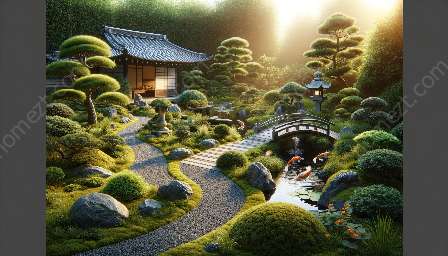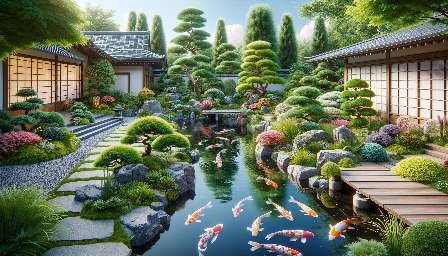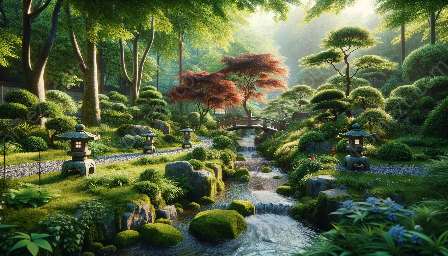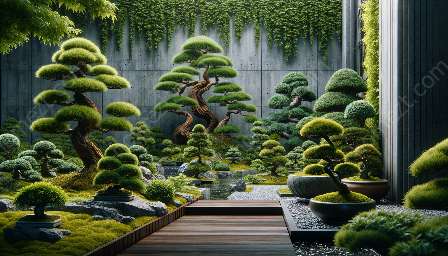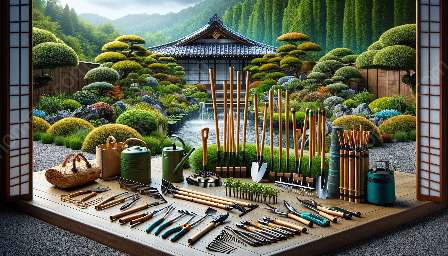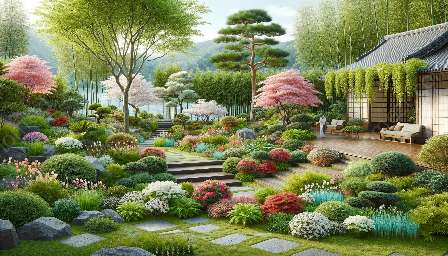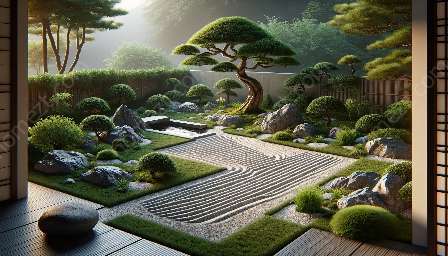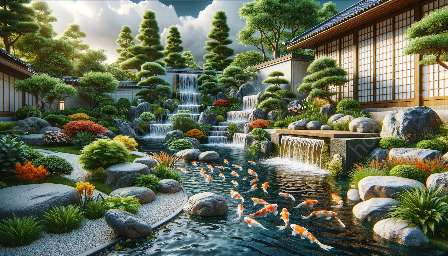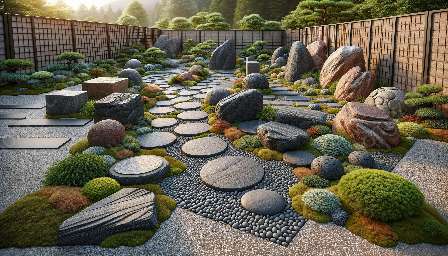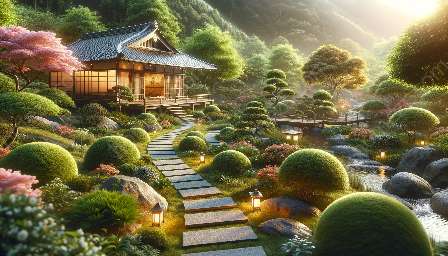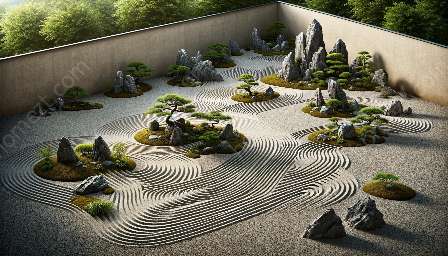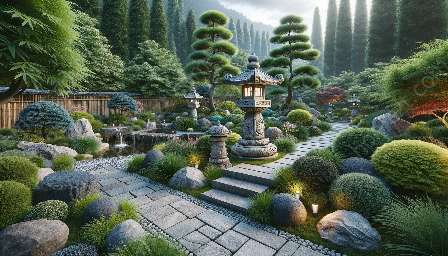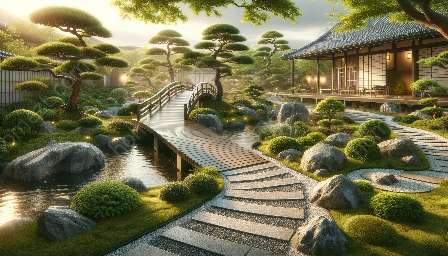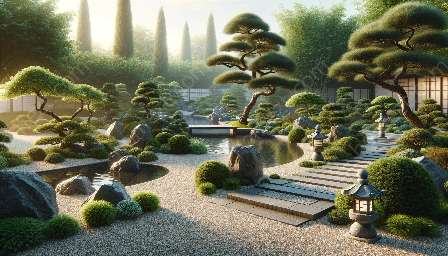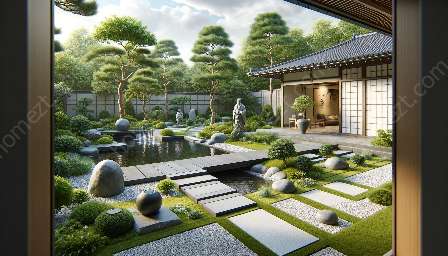Japanese gardens are celebrated for their harmonious designs, where nature and human elements intertwine to create serene and peaceful landscapes. Among the key elements that define these gardens are water features, which play a significant role in the overall aesthetic and symbolism. In this article, we will delve into the art of incorporating water features in Japanese gardens, exploring their cultural significance, design principles, and landscaping techniques.
Cultural Significance of Water in Japanese Gardens
Water holds a profound cultural significance in Japanese tradition, representing purity, renewal, and the cycle of life. In Japanese gardens, water features such as ponds, streams, and waterfalls are meticulously crafted to evoke a sense of tranquility and harmony with nature. The reflective and flowing properties of water symbolize the dynamic yet harmonious relationship between humans and the natural world, embodying the Zen philosophy that underpins Japanese garden design.
Design Principles and Elements
The inclusion of water features in Japanese gardens follows specific design principles aimed at creating a balanced and peaceful environment. These elements often include:
- Koi Ponds: Koi ponds are a common water feature in Japanese gardens, adorned with colorful koi fish. The gentle movement of the fish and the reflective surface of the water create a serene ambiance.
- Streams and Bridges: Harmoniously meandering streams, often crossed by arched bridges, add depth and rhythm to the garden while symbolizing the journey of life.
- Waterfalls: Artificial waterfalls, carefully designed to mimic nature's beauty, bring an element of movement and sound to the garden, enhancing the overall sensory experience.
Landscaping Techniques
Integrating water features into a Japanese garden involves meticulous landscaping techniques that blend natural and human-made elements. Stones, plants, and moss are strategically arranged to complement the water, creating a picturesque setting that embodies the spirit of wabi-sabi – the art of finding beauty in imperfection and impermanence.
Harmony of Water and Garden
The harmonious interplay between water features and the surrounding garden elements is a defining characteristic of Japanese garden design. The careful placement of rocks, bonsai trees, and moss gardens around water features creates a sense of serenity and balance, inviting contemplation and appreciation of nature's beauty.
Modern Interpretations
While traditional Japanese gardens adhere to centuries-old principles, modern interpretations of water features have also emerged, offering innovative ways to integrate water into contemporary landscapes. Sustainable water management, eco-friendly filtration systems, and minimalist design approaches are being incorporated to preserve the timeless allure of Japanese gardens while embracing modern environmental consciousness.
Conclusion
Water features are integral components of Japanese gardens, serving as focal points that capture the essence of tranquility, symbolism, and the enduring connection between humans and nature. By understanding the cultural significance, design principles, and landscaping techniques associated with water in Japanese gardens, enthusiasts of gardening and landscaping can draw inspiration from this rich tradition and create their own harmonious outdoor sanctuaries.


